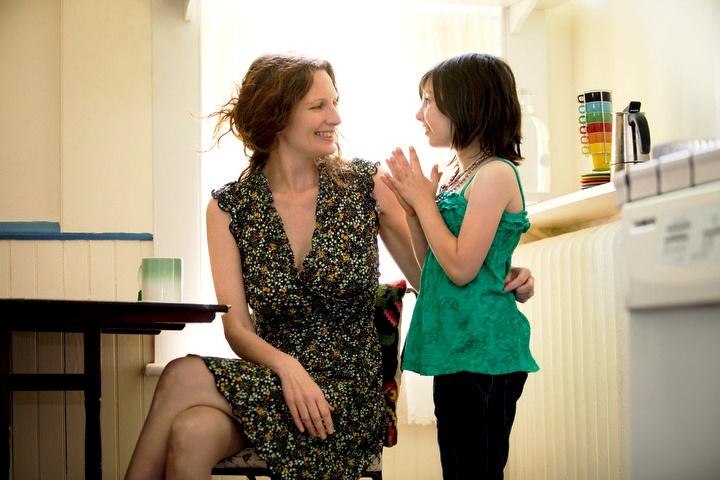Sign Up For Our E-Blast To Receive Information on our Books, Speech Therapy materials and our latest freebies!
Articulation Practice: Carryover to Conversation
At Scanlon Speech Therapy, I ensure the proper environment for carryover is established from the client’s first session.
Carryover happens when a particular speech skill learned in the therapy room is used in all speaking situations. Thus, the speech skill leaves the therapy room.
Carryover is our ultimate goal.
I have clients start with what he or she can do before progressing through levels of complexity, while simultaneously always ensuring that –
- correct productions leave the therapy room and can be applied to various speaking situations and contexts
- speech therapy is fun and functional
Since carryover to conversation can be challenging for some children, I’ve devised a highly effective way to increase generalization.
Photo Source: Photo Credit: Cavan Images
Articulation Practice: Carryover to Conversation
During various periods of the day, listen carefully to your child’s speech.
If “th” is the target sound, listen for it during conversation. If you have difficulties identifying the sound during conversation then incorporate a word with “th” in it. For example, you could say “I wonder what movies are playing at the theatre.” I really like that ________”. “Do you like that too?, “I was thinking about _______”. Try to overemphasize and stress the words that contain the target. Usually your child will then respond to your question using the same vocabulary.For younger children, I HIGHLY recommend that you metaphorically refer to your child’s target sound. For instance, if the target sound is “th” call it the “thumb” or “thirsty” sound, if the target is “s” call it the “smile” or “silly” sound.
Praise your child when he or she says the sound accurately.
“Wow, I really like how you said your silly sound in the word some.”
Give target specific feedback by indicating why it sounded better (“When you said “some” I didn’t see your tongue! That’s why it sounded so good.”).
Make a sticker chart.
When accurate productions occur and YOU notice, tell your child that they have earned a sticker. When your child declares that he or she said the sound correctly and you’re in agreement then he or she earns TWO stickers. I believe in giving two stickers during these instances because it rewards awareness. Increasing your child’s awareness is essential in facilitating carryover because if they are not cognizant then how can they make change? Display your child’s sticker chart in a highly visible area. Usually the fridge is the best spot although some of my clients have had success displaying it on the bathroom mirror and even on a car’s dashboard – provided you do not become distracted while driving!I suggest that you and your child agree on a highly motivating prize for earning a set amount of stickers/stamps (usually 100) at the initiation of this approach. I find experience related prizes are particularly motivating, such as an afternoon playing in the park, a trip to the movie theatre, mini golf, a visit to the zoo, etc.
Kimberly Scanlon, M.A. CCC-SLP is a speech language pathologist, an author and a mother. As the owner of Scanlon Speech Therapy, LLC, a unique boutique practice in Bergen County, Kimberly embraces individuality and treats the whole person. Her goal is to spread compassion, hope, and some speech, language and literacy tips one moment, one person at a time. Her first book, My Toddler Talks: Strategies and Activities to Promote Your Child’s Language Development and her her second book, Learning to Read is a Ball
are available for purchase at online at Amazon and Barnes and Noble.

